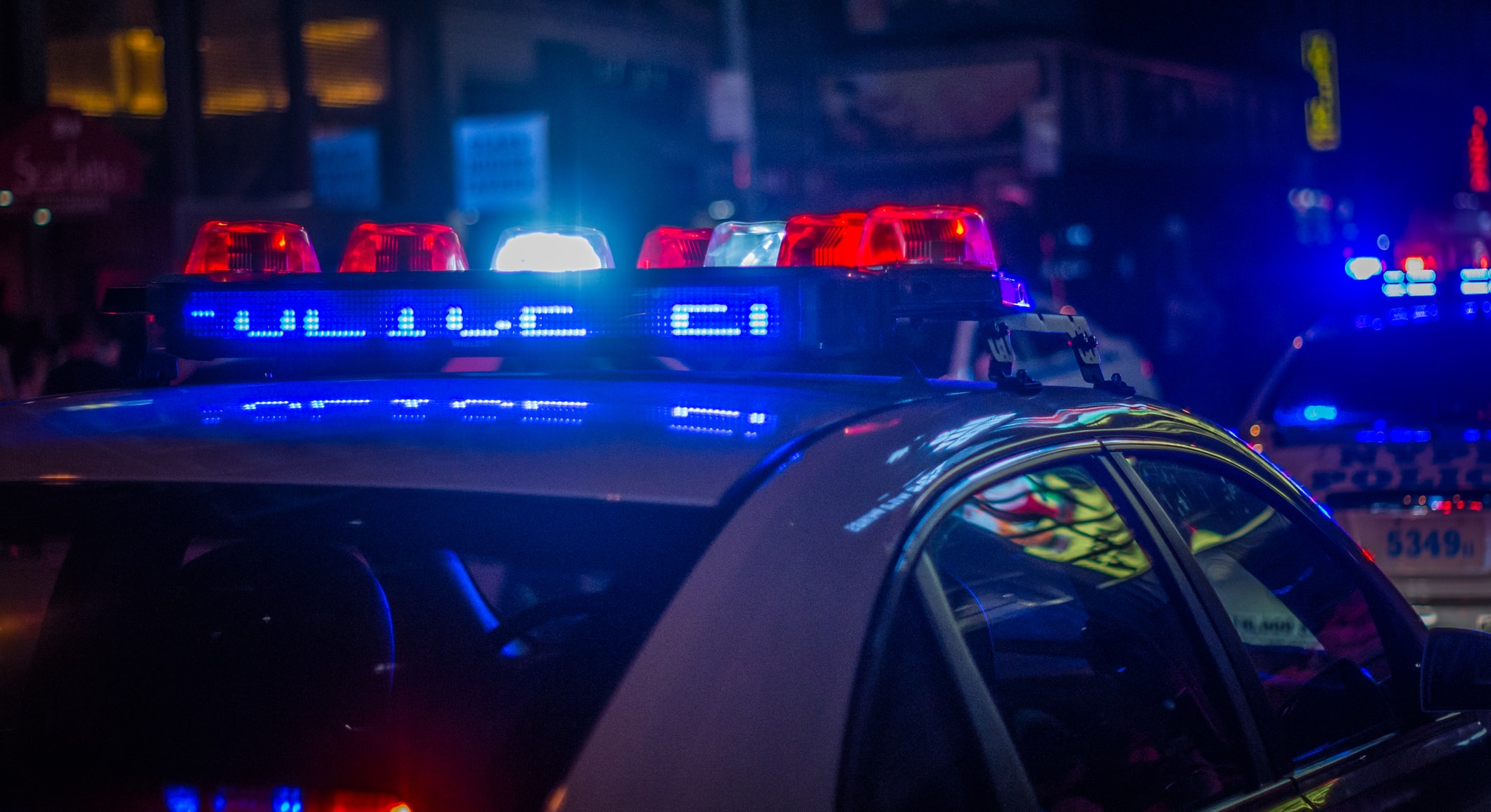The most common question people have following an auto accident is: “How do I prove this wasn’t my fault?”
For obvious reasons, determining liability in an auto accident is crucial for seeking compensation. That being said, your word alone will not be enough, in most cases. Providing proof of liability will ensure that you have the strongest possible case against the insurance company.
So, to better answer this question, there are a few ways to determine liability.
POLICE REPORTS
Calling in the help of the law is one of the best ways to prove fault in an auto accident. When the police arrive at the accident scene, they will put together a written police report. A police report is a report written by the officer at the accident scene, shortly following the collision.
This report will include information you can use to prove liability, such as the officer’s opinion on how the accident went took place, along with written statements from any parties involved. In this police report, the officer will also include any traffic laws that were broken, along with any citations given.
There is very little an insurance company can do to fight a written police report. This is one of the strongest pieces of evidence available to you in your claim, which is why contacting local authorities following an accident is the first step to take following a car accident.
REAR-END ACCIDENTS
Rear-end car accidents are one of the most common types of accidents seen on the road. Whether it’s from distracted driving or traveling at an unsafe distance, these accidents happen all the time. Being struck from behind by another vehicle is almost always the driver in the rear’s fault.
One of the first lessons we learn in driving school is to leave a safe distance between you and the driver ahead of you. This rule exists because of how common rear-end accidents are. However, this rule is often not followed properly.
It is very common for the driver at fault to say you stopped too quickly, or that you stopped when you shouldn’t have following a rear-end collision. Don’t worry too much about what is being said, remember to stay silent and never admit to guilt. If the driver left an adequate stopping distance between themselves and you, the accident could have been avoided completely.
TRAFFIC LAWS
If the other vehicle involved in the accident with you broke a traffic law leading up to the accident, you now have another great piece of evidence for your case. Assigning liability in a car accident is typically black and white when it comes to a driver breaking the law.
Some of the most common violations include:
- Speeding
- Running a red light/stop sign
- Failing to stop/yield
When writing your police report, it is up to you to include which laws you think they broke during your interaction. These laws can be found on your local DMV site. Be sure to stay true to the facts and not to fabricate the details in any way, as this only makes your case look weaker.
HOW HUFFMAN & HUFFMAN CAN HELP
Following an accident caused by another driver’s negligence, you want to be sure to have a qualified Virginia personal injury attorney on your side. Having an attorney by your side through the process will ensure that it goes as smoothly as possible.
Our attorneys at Huffman & Huffman will work around the clock putting together a case that will help get you the best possible outcome.
Call (757) 599-6050 today to begin your free case evaluation!
 Text Us
Text Us  Call Us
Call Us 







